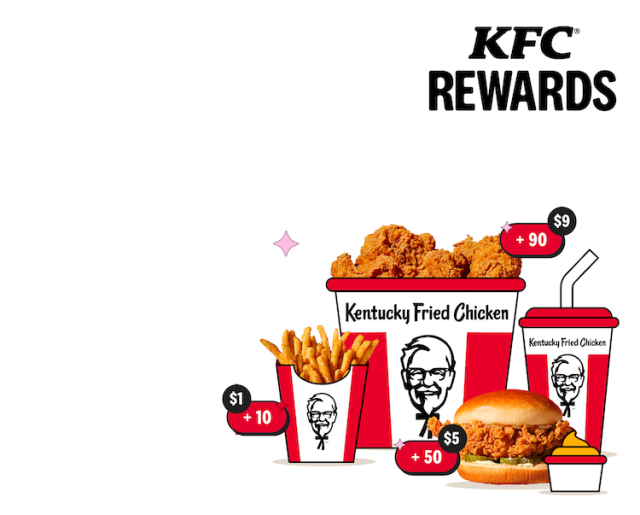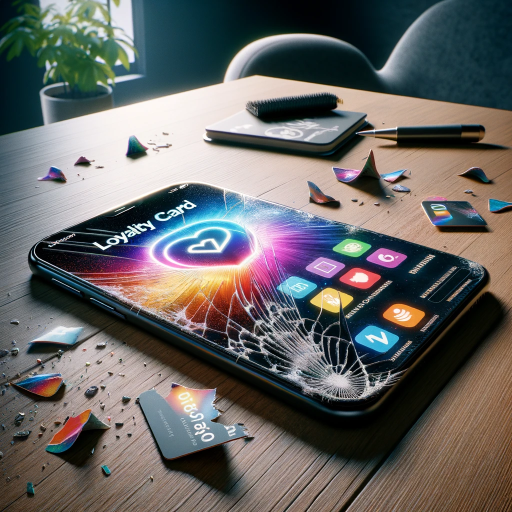Transforming Brand Engagement: Harley-Davidson’s H.O.G.
jodithepug
Posted on February 15, 2024 - 0 Comments

by Steve Bocska
The Harley-Davidson’s Harley Owners Group (H.O.G.) was established in 1983, not just as a loyalty program but as a visionary initiative intended to unite motorcyclists with a common affinity for the brand’s heritage and a deep appreciation for motorcycle culture. It was born out of an understanding that the allure of Harley-Davidson extends beyond its products to encompass a lifestyle, a sense of freedom, and a desire for adventure that resonates deeply with its audience. The Group was one of the first known examples in modern business of a tangible platform for customers to celebrate their sincere personal passion for a brand, and benefit accordingly.
At the heart of H.O.G.’s success is its ability to nurture an emotional connection with its members. Harley-Davidson recognizes that motorcycles are not just vehicles but symbols of identity and freedom. Through H.O.G., the company capitalizes on these emotions, transforming individual experiences into a collective journey. The group’s activities, including organized rides, charity events, and national rallies, have been meticulously designed to reinforce the brand’s ethos of adventure, independence, and camaraderie. These experiences are shared, celebrated, and remembered, embedding the brand into the very fabric of members’ lives. H.O.G. ignores the traditional boundaries of a customer loyalty program by offering a platform for personal expression and social identity. Membership provides access to exclusive merchandise, personalized vehicle identification, and participation in local and global events, allowing individuals to showcase their affiliation and commitment to the Harley-Davidson lifestyle. This aspect of the program taps into the inherent human need for belonging and identity, making members feel like part of a broader narrative that celebrates their individuality within the context of a supportive community.
Harley-Davidson’s strategic engagement through H.O.G. leverages various channels to maintain and grow its community. The brand utilizes newsletters, social media, and a dedicated H.O.G. app to keep members informed, involved, and connected. These platforms serve as conduits for storytelling, sharing experiences, and fostering a digital community that complements the physical gatherings. By continuously engaging with its members, Harley-Davidson keeps the community vibrant, active, and loyal. The impact of H.O.G. on brand loyalty is profound and multifaceted. Members often become brand ambassadors, sharing their passion and experiences with others, thus expanding the community organically. The emotional bonds formed through shared experiences and the sense of belonging to the H.O.G. family translate into unparalleled brand loyalty. This loyalty is not easily swayed by competitors, as it is rooted in deep emotional connections and a sense of identity intertwined with the Harley-Davidson brand.
H.O.G. initiated a shift in how we understand and implement customer loyalty programs, providing key insights into enhancing traditional loyalty schemes. One of the most critical lessons from H.O.G. is the importance of fostering emotional connections. Unlike conventional programs that focus on transactions, H.O.G. creates a deep emotional bond with its members by making the brand a significant part of their lifestyle, demonstrating that loyalty is more profound when customers feel an emotional connection to a brand. Furthermore, H.O.G. underscores the value of cultivating a sense of community. It brings together individuals with a shared passion, strengthening their loyalty to the brand. This sense of belonging is something traditional loyalty programs can replicate by creating platforms for members to connect and share experiences. Additionally, H.O.G. highlights the impact of offering unique experiences over transactional rewards. Members enjoy exclusive events and activities, suggesting that loyalty programs should incorporate unforgettable experiences that resonate with the brand’s identity and customer interests.
Personalization and choice are also vital components of H.O.G.’s success. By catering to the diverse interests of its members and allowing them to choose how they engage with the brand, H.O.G. shows that tailored rewards and experiences can significantly enhance a loyalty program’s appeal. This approach ensures that rewards and communications are aligned with individual preferences, demonstrating an understanding of customer needs. Brand advocacy, driven by genuine enthusiasm and loyalty, is another powerful aspect of H.O.G. Members naturally promote Harley-Davidson, indicating that loyalty programs should encourage and reward such advocacy. Recognizing members who refer friends, share content, or participate in brand events can transform loyal customers into active brand ambassadors. Lastly, the integration of digital and physical experiences is a hallmark of the brand’s engagement strategy. The seamless blend of online platforms and in-person gatherings offers a holistic brand experience, showing that loyalty programs must provide multiple avenues for engagement across digital and physical realms.
Harley-Davidson’s H.O.G. is a testament to the power of community and emotional engagement in building brand loyalty. By focusing on shared values, experiences, and a sense of belonging, Harley-Davidson has created more than just a customer loyalty program; it has spawned a global cultural phenomenon. The lessons from H.O.G.’s success are clear: brands that seek to create lasting loyalty must look beyond transactions and points to the deeper human needs for connection, identity, and shared experiences. Harley-Davidson doesn’t just sell motorcycles; it nurtures a global family, united by a love for the open road and the unmistakable rumble of a Harley engine.
Keep Reading...
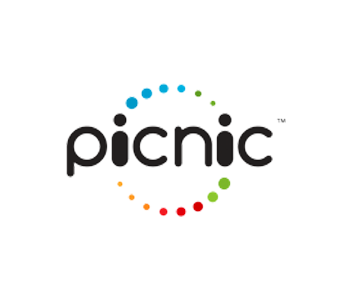
World of PUG Blog April 3, 2024
PUG Announces Launch of AI-Driven Intelligent Rewards System (IRS)
by Steve BocskaPress ReleaseFOR IMMEDIATE RELEASEPUG Interactive Launches Intelligent Rewards
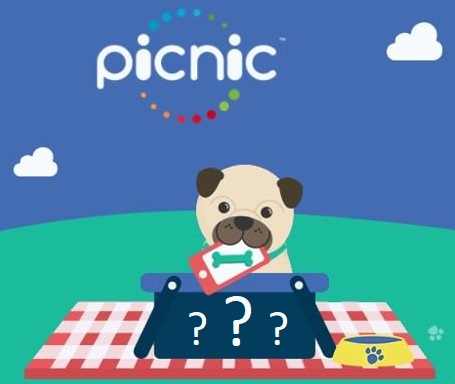
World of PUG Blog April 3, 2024
PUG Interactive Unveils InsightPulse: A Revolutionary Predictive AI Analytics Dashboard
by Steve BocskaPress ReleaseFOR IMMEDIATE RELEASEPUG Interactive Unveils InsightPulse: A
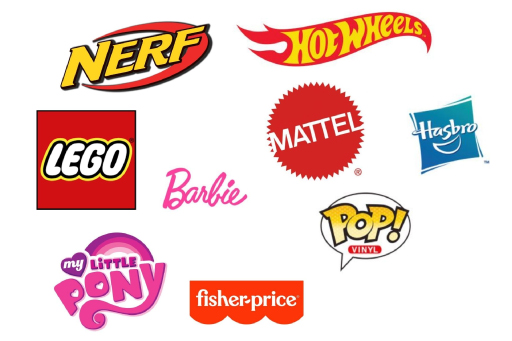
World of PUG Blog March 21, 2024
Building Bonds: The Future of Family-Focused Loyalty Programs
by Steve BocskaThe children's toy industry, home to iconic brands

